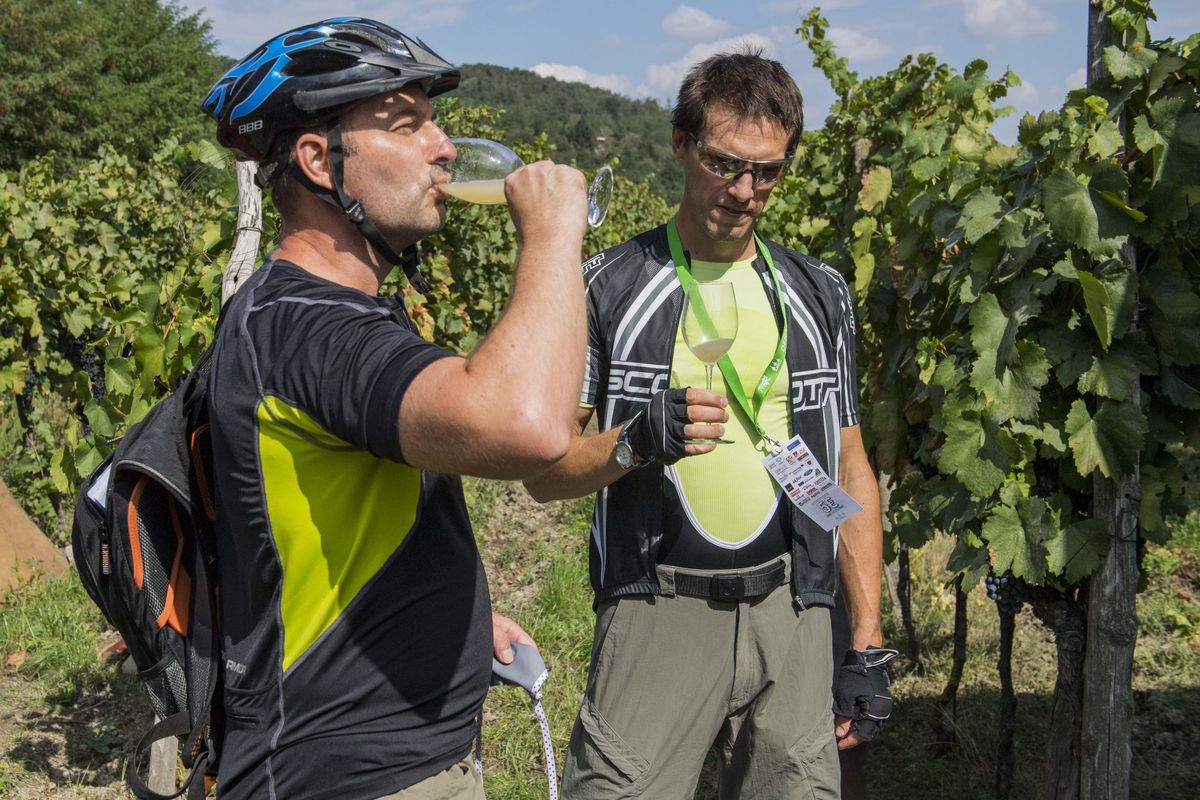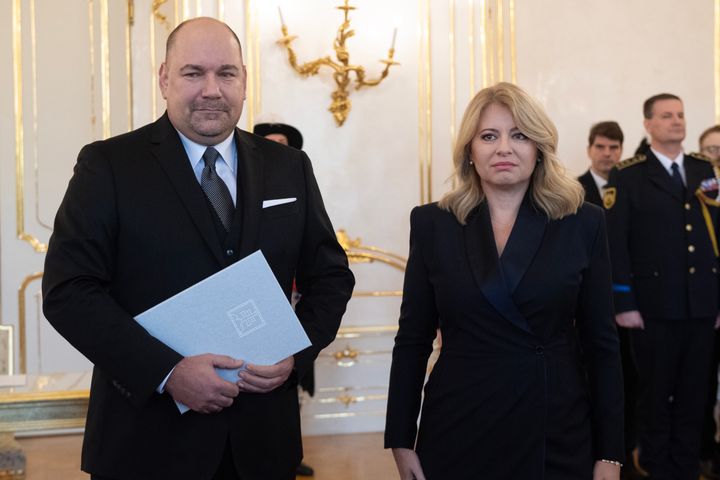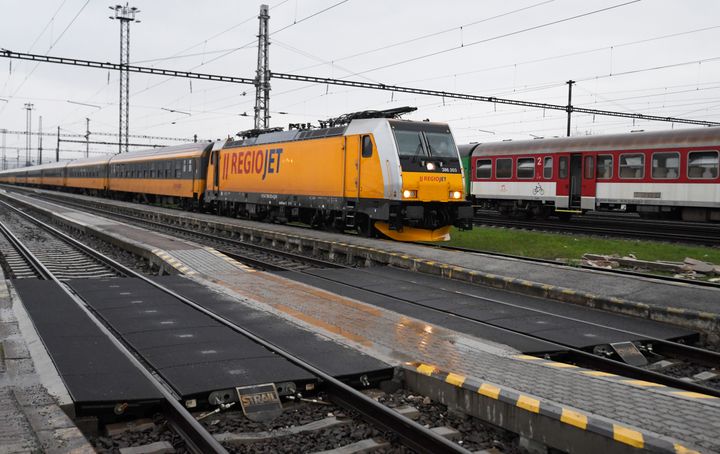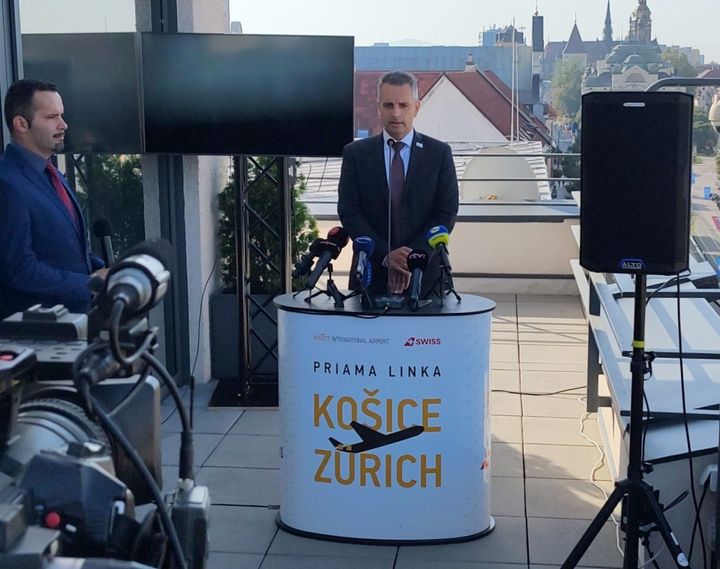Summer 2020: Tour from Bratislava on Wine Route to 'Slovak Rome'

Bratislava/Trnava, July 17 (TASR) – The Small Carpathian Mountains provide a picturesque backdrop for Slovakia’s capital Bratislava, with 3,000-year-long winegrowing traditions flourishing on their southeastern slopes, mainly in the Bratislava borough of Raca, in the towns of Svaty Jur, Pezinok and Modra, and in other villages including Vinosady and Limbach. More than two dozen towns and villages now make up the Small Carpathian Wine Route.
Wine has been produced on the slopes of the Small Carpathian Mountains by the Celts, Romans, local Slovaks and, later in the Middle Ages, also by migrants from Italy, Austria and Bavaria.
SVATY JUR: This small town close to Bratislava boasts two churches – Saint George’s and Holy Trinity – the remnants of a fortified settlement called Nestich, dating back to the late first-millennium Slavic empire now known as Great Moravia, and the marshy Jursky Sur nature reserve.
PEZINOK: With a history dating back to 1208 as Terra Bozin, Pezinok features a vintage centre with a promenade resembling those usually seen at seaside resorts. It has rich wine and mining traditions, both on display in local museums, and wine cellars. The Pezinska Baba ski resort is located in the mountains above Pezinok. The wine village of Limbach nestles on the nearby slopes of the Small Carpathian Mountains.
MODRA: The town with the largest acreage of vineyards in the area. The centre of Modra is dominated by a statue of Ludovit Stur, a 19th-century national revivalist and codifier of the Slovak language. It was in Modra where Stur accidentally shot himself in the leg during a hunt before Christmas 1855 and died as a consequence of the injury three weeks later. The town is also known for its unusual ceramics, which have been produced there since prehistoric times.
CERVENY KAMEN CASTLE: This 13th-century castle towering above the village of Casta attracts tourists, offering them an excellent view and the chance to sit down and relax for a while in its courtyard and adjacent meadows.
TRNAVA: Now a regional capital with a population of 65,000, Trnava has been nicknamed the ‘Slovak Rome’ since it became the seat of Hungary’s primate and the centre of Catholic life in Royal Hungary following the Ottoman occupation of much of the kingdom in the 16th and 17th centuries. A Baroque sculpture of the Holy Trinity and a Renaissance City Tower built in 1574 are the two main features of the central Holy Trinity Square. The monumental Saint John the Baptist’s Cathedral, which was constructed in 1640, was the first early Baroque building in Slovakia with an original wooden altar. Even older are the Gothic Saint Nicholas’s Basilica (built between 1380-1421), called the ‘Thick Church’ by the locals, the Assumption Church and Saint Helen’s Church.



